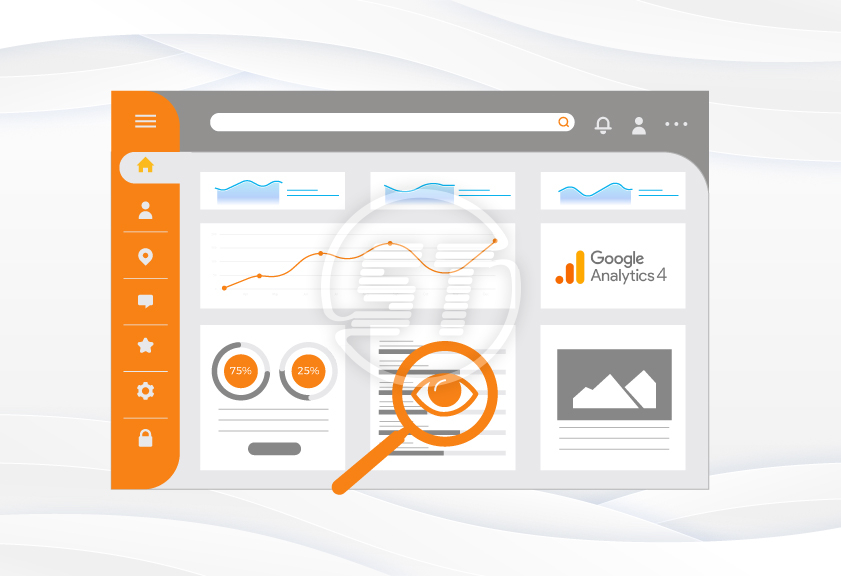Tracking pageviews is one of the most basic yet powerful ways to understand how users interact with a website. In Google Analytics 4 (GA4), pageviews are tracked differently than in Universal Analytics. They are event-based and provide deeper insights into user behavior.
Here’s a quick guide on measuring pageviews in GA4.
What are pageviews in Google Analytics 4?
In GA4, pageviews are recorded through the “page_view” event. Each time a page loads (or a browser history state changes in single-page applications), this event is automatically triggered. GA4 automatically tracks these events for all web data streams once the tracking code is installed.
How to view pageviews in Google Analytics 4?
To check pageview data in the GA4 property:
- Go to Reports – Engagement – Pages and screens.
- Then some metrics can be seen, such as:
- Views: Total number of times pages or screens were viewed.
- Users: Unique visitors to the website.
- Average engagement time: How long do users stay on a page?
Sorting or filtering the reports by page title, URL, or screen class is possible to understand which content performs best.
Watch a video about measuring website page views in Google Analytics 4.
How to view pageviews in explorations?
For custom analysis:
- Go to Explore – Free form.
- Add “Views” as a metric and “Page path + query string” or “Page title” as a dimension.
- Then segment, filter, or visualize pageview trends over time for deeper insights.
What is the way to track pageviews in Single-Page Applications (SPA)?
If a site doesn’t reload between navigation (like many SPAs), organizations need to manually send a page_view event whenever the virtual URL changes. Example snippet:
gtag ( ‘event’, ‘page_view’, {
page_title: document.title,
page_location: window.location.href,
page_path: window.location.pathname
);
This ensures every “virtual” page interaction is counted correctly.
Any pointers for better pageview analysis?
- Combine pageviews with engagement metrics
Pageviews alone indicate volume, but pairing them with metrics like average engagement time, bounce rate, or scroll depth reveals the significance of those visits. A high number of views but low engagement may indicate weak content or confusing navigation.
- Segment by traffic source or device
Break down pageviews by traffic source (organic, social, paid) or device type (mobile, desktop, tablet) to understand user behavior patterns. This helps refine marketing strategies and optimize layouts for different devices.
- Exclude irrelevant or internal traffic
Filter traffic from internal development environments to keep data accurate. This can be done in Admin – Data Streams – More tagging settings – Define internal traffic.
- Track pageviews trends over time
Use date comparisons to track growth or seasonal drops. Identifying sudden changes in pageviews helps detect technical issues or evaluate campaign performance.
- Use content grouping or URL structures
Organize content logically - by product category, topic, or service type - to identify which groups attract the most visitors. This is especially useful for large websites or ecommerce stores.
- Pair with conversions
Go beyond view - analyze which pages contribute to conversions (sign-ups, purchases, downloads). This helps identify high-performing landing pages or drop-off points in the customer journey.
Read more: Google Analytics 4 to measure web accessibility engagement
Wrapping up
In Google Analytics 4, pageviews are a part of an event-driven model that provides more context than ever before. By understanding where and how users interact with the pages, data-driven decisions can be made to improve engagement, usability, and conversions.
Looking to get deeper insights into how visitors interact with your website? Skynet Technologies can help you set up, configure, and analyze Google Analytics 4 (GA4) to track key metrics like page views, user behavior, and engagement trends. Our digital analytics experts ensure you get accurate, actionable data to drive smarter marketing and business decisions. Reach out hello@skynettechnologies.com for more information.
